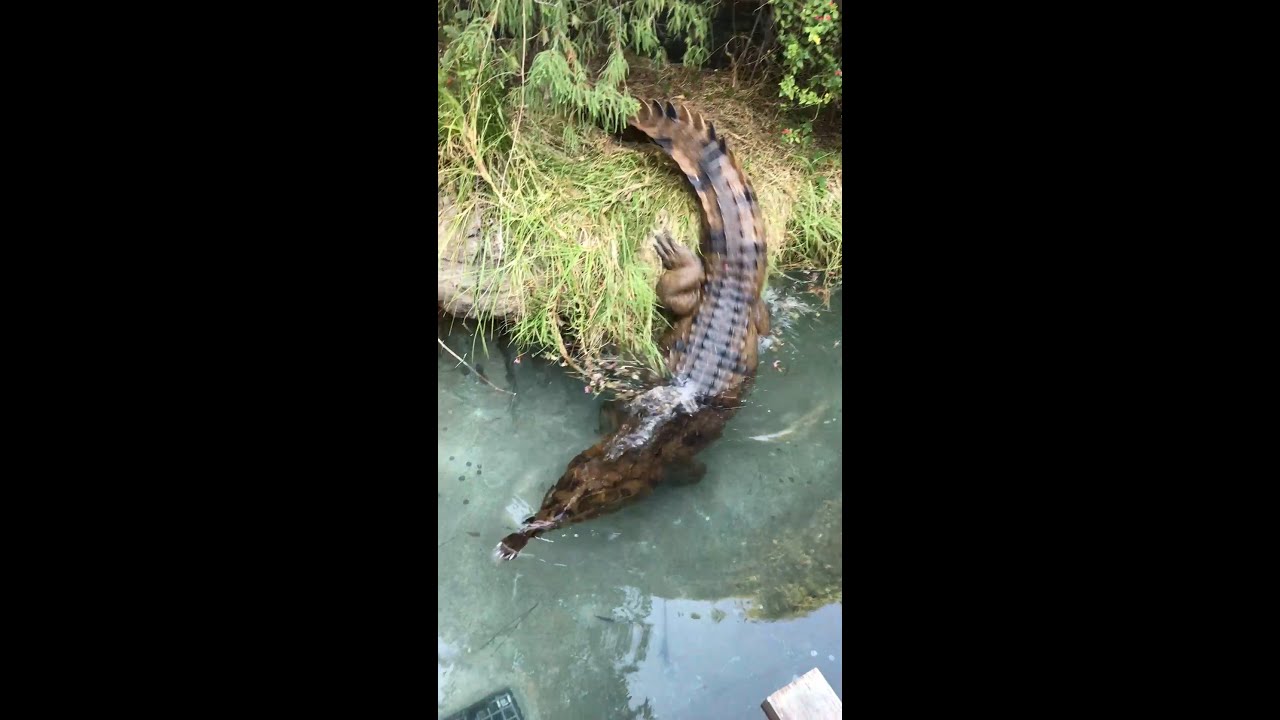- Origins and Significance of World Tomistoma Day
- Biology and Habitat of the Tomistoma
- Current Status and Conservation Efforts
- Role of Zoological Institutions in Tomistoma Conservation
- Community Engagement and Awareness Programs
World Tomistoma Day: Meet the Croc You Didn’t Know You Loved is a unique event dedicated to raising awareness about the Tomistoma, a lesser-known crocodilian species. This day provides an excellent opportunity to educate the public about the importance of biodiversity and the need for conservation efforts to protect these remarkable creatures. To thoroughly appreciate the significance of World Tomistoma Day, it’s essential to delve into the background, biology, conservation, and educational efforts surrounding this species.
Origins and Significance of World Tomistoma Day
World Tomistoma Day was established to draw global attention to the Tomistoma, also known as the false gharial. This largely misunderstood species faces serious threats in its natural habitat. The initiative aims to highlight the plight of the Tomistoma and promote efforts to conserve it. While World Tomistoma Day is relatively new, it has quickly gained traction within the conservation community. The primary goal is to foster a connection between people and this rarely talked about crocodile, promoting a greater understanding and respect for its place in the ecosystem.
Biology and Habitat of the Tomistoma
The Tomistoma (Tomistoma schlegelii) is a fascinating species found primarily in Malaysia and Indonesia. It inhabits freshwater swamps and rivers, preferring environments with an abundance of aquatic vegetation. Unlike its more infamous relatives like the Nile crocodile or the American alligator, the Tomistoma has a distinctively slender snout, used effectively for catching fish and other small aquatic prey.
Adulthood arrives around the age of 10 to 15 years, with males generally measuring between 13 to 16 feet in length, while females are slightly smaller. Their diet consists mainly of fish, but they can also consume birds and small mammals. One of the crucial aspects of the Tomistoma’s biology is its reproductive habits. Females lay eggs in nests made of vegetation, which they guard meticulously against predators. Temperature plays a vital role in determining the sex of the hatchlings, a trait shared with many other reptiles.
Current Status and Conservation Efforts
The status of the Tomistoma in the wild is concerning, with the species listed as Vulnerable on the IUCN Red List. Habitat destruction, particularly the draining of swamps and conversion of land for agriculture, poses the most significant threat. Additionally, illegal hunting for their skin and human-wildlife conflict further exacerbate their decline. Efforts to conserve the Tomistoma are multifaceted, involving habitat protection, anti-poaching initiatives, and research.
Key habitats in Malaysia and Indonesia are being monitored and protected through collaboration between local governments, conservation organizations, and international partners. Research programs aim to gather critical data on population numbers, genetic diversity, and ecological requirements to inform conservation strategies. Captive breeding programs have also been established to help bolster wild populations if necessary and serve as genetic reservoirs.
Role of Zoological Institutions in Tomistoma Conservation
Zoological institutions play a pivotal role in the conservation of the Tomistoma. These facilities provide essential sanctuary for individuals that cannot be released back into the wild and serve as educational platforms to raise public awareness. Leading zoos, such as the Singapore Zoo and the National Zoo in Washington D.C., have developed specialized habitats that mimic the natural conditions of the Tomistoma’s environment, ensuring their well-being and ability to exhibit natural behaviors.
These zoos also participate in global breeding programs aimed at maintaining genetic diversity, which is critical for the species’ long-term survival. Veterinary experts and researchers within these institutions work together to provide insights into the health, behavior, and breeding of Tomistomas in captivity, contributing valuable knowledge that can be applied to wild populations.
Community Engagement and Awareness Programs
Education and community engagement are cornerstones of effective conservation. World Tomistoma Day aims to involve local communities and the broader public in conservation efforts. Awareness programs are designed to teach people about the ecological importance of the Tomistoma and how they can help safeguard its future.
Interactive exhibits, educational workshops, and social media campaigns are invaluable tools used to reach a wide audience. By engaging with schools and local communities, conservationists are able to instill a sense of stewardship in the younger generation. Community-based conservation projects also empower local populations to take an active role in preserving their natural heritage, often incorporating traditional knowledge and practices.
World Tomistoma Day presents a critical opportunity to foster global engagement in wildlife conservation. Through a combination of scientific research, habitat protection, and public education, we can hope to secure a future for the Tomistoma. By learning more about this unique crocodile and the challenges it faces, we not only expand our understanding of biodiversity but also emphasize the interconnectedness of all life forms on our planet. Through concerted effort, we can strive to protect and preserve this remarkable species for generations to come.
*****
Source Description
Happy #WorldTomistomaDay! The L.A. Zoo is home to two tomistomas—one female and one male. These giant, gorgeous crocodilians can grow over 16 feet long and have up to 84 teeth in their lengthy, thin snout. They can live to 80-years-old, reaching maturity at around 20-years-old. They live in peat swamp forests of Indonesia and Malaysia, habitat that is quickly disappearing. Luckily, Tomistomas are protected by the Endangered Species Act. However, they still need our help. You can make habitat-friendly consumer choices with the use of World Association of Zoos and Aquarium’s free PalmOil Scan app.
#Tomistoma #Reptile

